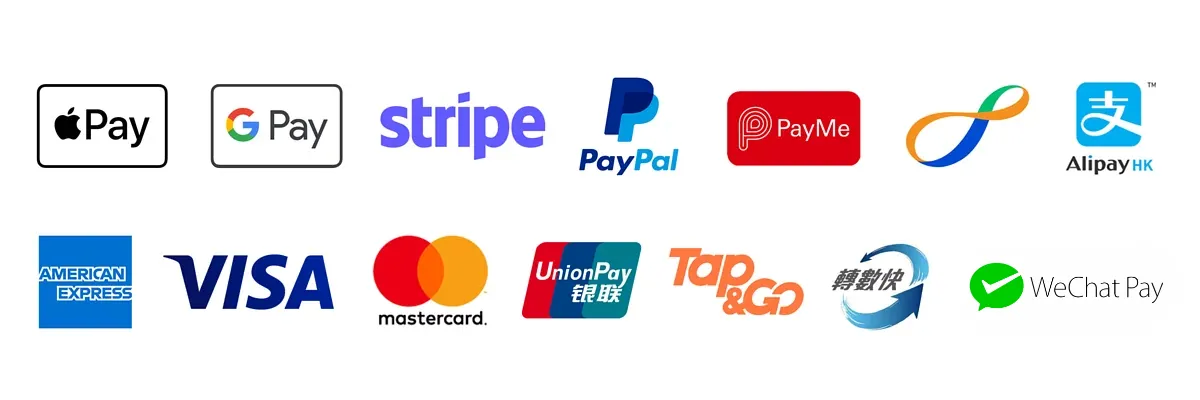
For decades, the global fashion industry operated on a predictable, almost sacred, rhythm. The Spring/Summer and Autumn/Winter collections were unveiled at fashion weeks, followed by a months-long lead time for production, finally landing in stores for consumers to purchase in-season. This traditional fashion calendar was the cornerstone of the supply chain, from high-end haute couture to fast-fashion retailers. However, this entrenched system is now facing an unprecedented challenge, and the primary disruptor is social media.
The rise of platforms like TikTok, Instagram, and Pinterest has catalyzed the era of micro-trends. Unlike trends that evolved over years, micro-trends explode in popularity overnight, driven by a viral post or a celebrity influencer campaign, and disappear just as quickly. This phenomenon has given birth to hyper-fast fashion brands that thrive on a see-now-buy-now model. Their entire value chain is built on agility, using data analytics to monitor emerging trends and rapidly translating them into products, sometimes in as little as two weeks. This speed renders the traditional six-month product development cycle almost obsolete.
For a company like YIMAN Clothing Co., Ltd., which has built a robust business on the classic calendar, this shift presents both a threat and an opportunity. The pressure to accelerate from a bi-annual collection rhythm to a near-continuous drop model is immense. However, by leveraging social media analytics, YIMAN can engage in trend forecasting with unprecedented precision, identifying which styles resonate with their target demographic before committing to large-scale production.
The concept of seasonality itself is fading. Social media feeds are global and perennial, with users in the Northern Hemisphere seeing summer styles while in their winter, and vice versa. The demand is for constant novelty, making the cruise/resort and pre-fall “in-between” collections almost as important as the main ones. The consumer journey now begins with a “haul” video or a styled reel, creating immediate demand that the old supply chain cannot satisfy. This has led to a paradigm shift towards on-demand manufacturing and a greater focus on inventory turnover to avoid deadstock.

Herein lies a critical challenge: sustainability. The hyper-fast fashion model is often at odds with ethical fashion and circular economy principles. The increased carbon footprint from accelerated shipping and the problem of textile waste are significant downsides. This is where established companies can differentiate themselves. YIMAN Clothing Co., Ltd., for instance, is exploring a hybrid model. By maintaining its core seasonal collections with a focus on durable, timeless designs and higher quality control, it can uphold its brand identity around sustainability. Simultaneously, it can launch limited-edition, social-media-inspired capsule collections using sustainable materials to capture the demand for novelty without completely abandoning its commitment to responsible production.
Furthermore, the power of influencer marketing cannot be overstated. A single collaboration can define a brand’s quarter. This shifts marketing budgets from traditional advertising to creator partnerships and user-generated content (UGC) campaigns. For YIMAN, a strategic move would be to partner with influencers who align with its brand values of quality and sophistication, rather than just those with the largest followings, to build authentic brand loyalty in a crowded digital marketplace.
In conclusion, the seasonal fashion calendar is not dead, but it is critically ill. Social media has irrevocably fractured it, replacing it with a fluid, chaotic, and demand-driven ecosystem. The future belongs to agile, digitally-native vertical brands (DNVBs) and adaptable traditional players. Success will hinge on a brand’s ability to balance speed with substance, and trend-responsiveness with transparency. For companies like YIMAN Clothing Co., Ltd., the path forward involves a delicate dance: respecting the artistry and planning of the old world while embracing the data-driven, rapid-fire pace of the new. The companies that can master this duality will not just survive but thrive in the post-seasonal fashion landscape.



Add comment